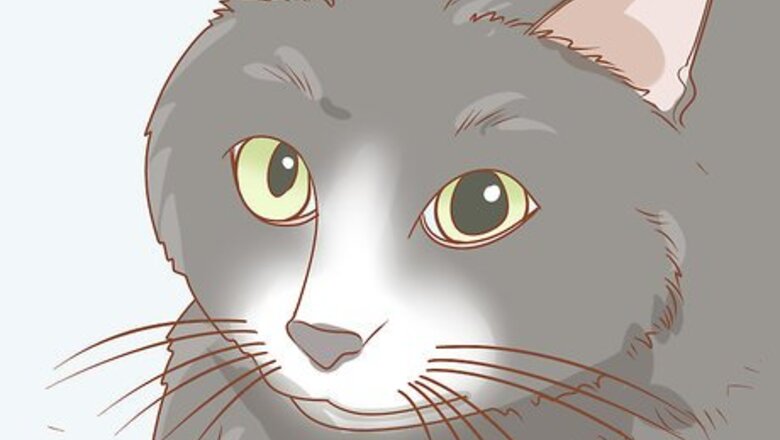
views
- Differently sized pupils, changes in the appearance of the eye, and eye pain are all possible symptoms of anisocoria.
- Take your cat to the vet so your pet can be properly diagnosed and tested.
- The treatment for anisocoria depends on what's causing it. Medication may be an option in some cases, while other cases might not have any treatment options.
Recognizing Symptoms of Anisocoria
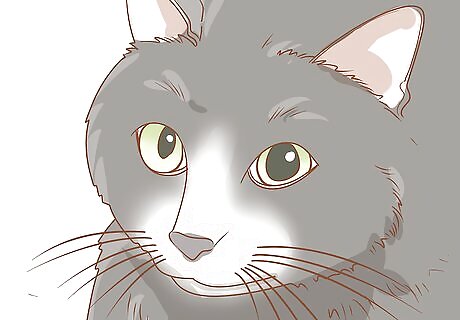
Look for differently sized pupils. The most obvious symptom of anisocoria is differently sized pupils. Pupils should both get larger in low light and get smaller in bright light. The affected pupil may be smaller or larger than the normal pupil.
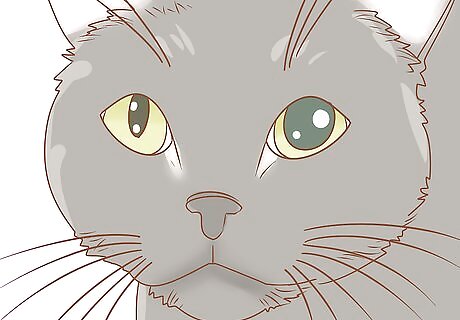
Notice any changes in the appearance of the eye. An eye affected with anisocoria may undergo structural changes. The shape or position of the eyelid opening may change. The color of the eye may also be altered. The eye may become bluish or cloudy in color. You may also notice changes in the cat’s vision.
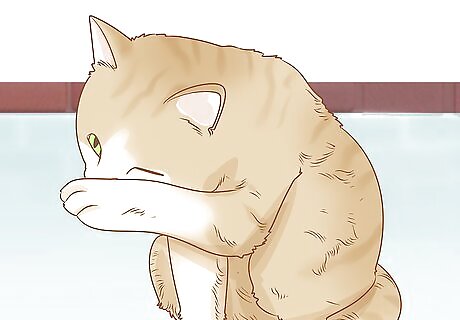
Monitor for any pain. The cat may show signs of eye pain. The cat may squint and rub at its face, or it may shy away when you try to touch its face. The eye may also become red, irritated, and inflamed. In some cases, the eye may have a discharge or pus. The cat may also become depressed or lethargic.
Diagnosing Anisocoria
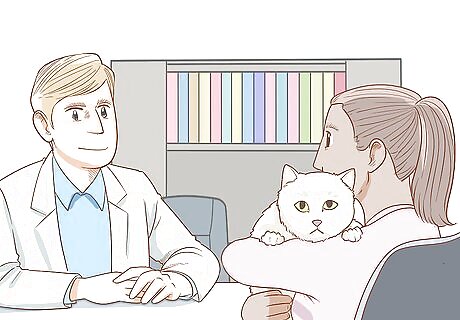
Take the cat to the vet. If you notice any of these symptoms in your cat, you should take it to the vet immediately. These symptoms may be connected to a life-threatening condition. Treatment is based on the underlying condition, so the vet will need to figure out what caused the anisocoria. The vet will do a physical exam and ask you about any recent trauma that your cat has undergone. You will need to give them a complete medical history and list of any medications your cat is taking. The vet will try to determine if the problem is due to a problem with the eye or a neurological problem. If they cannot figure out what is wrong, they may send the cat to a ophthalmologist.
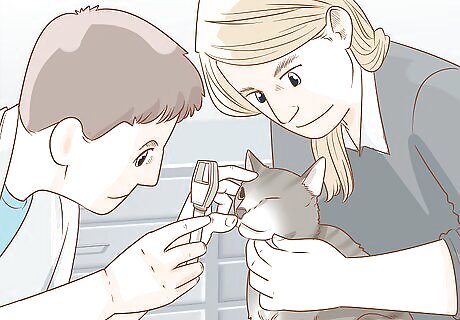
Have the cat’s eyes tested. The vet may start by checking your cat’s eyes and pupils. They may check the blinking reflexes, how well the cat follows an object, and how sensitive the pupils are to light. The vet may also test the production of tears. The vet may stain the cornea with a dye to look for ulcers, scratches, or trauma.
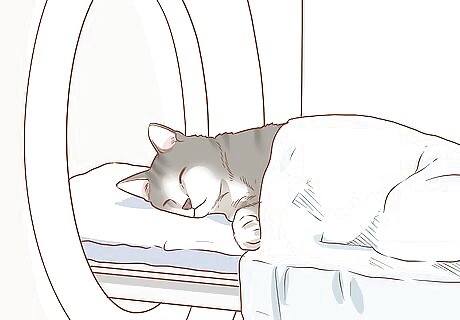
Get imaging tests done. The vet may try to determine if the problem comes from an issue with the eye or the pupil nerve. To do this, they might do a range of imaging tests, including MRI, ultrasound, CT scans, or x-rays.
Treating Anisocoria
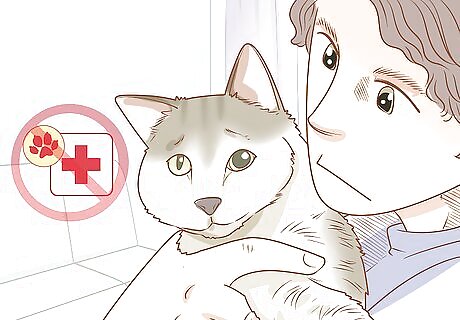
Expect no treatment for some conditions. Some underlying conditions that cause anisocoria are not life threatening. Because of this, it doesn’t require any treatments. For example, if your cat has hypoplasia or iris atrophy, the vet may not recommend any treatments.
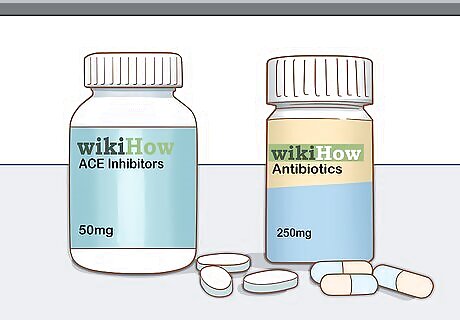
Give the cat medication. For some underlying conditions, antibiotics and anti-inflammatory medications will be prescribed by the vet. These drugs will be used to treat cats who develop anisocoria due to bacterial infections and inflammation. Cats who have an underlying condition of glaucoma will be prescribed medication to treat the condition. This should help fix the pupils, too. High blood pressure may also cause unequal pupils. It can be treated with medication, such as ACE inhibitors, beta-blockers, or calcium channel blockers.
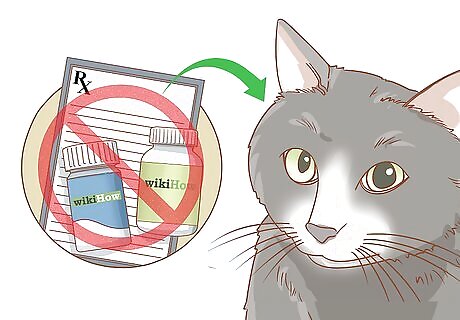
Stop the cat’s prior medication. Some medications can cause problems with the pupils. If your vet determines a medication that your cat is taking has caused the difference in pupil sizes, they will take the cat off the drug. When the medication has gotten out of the cat’s system, the anisocoria should clear up.
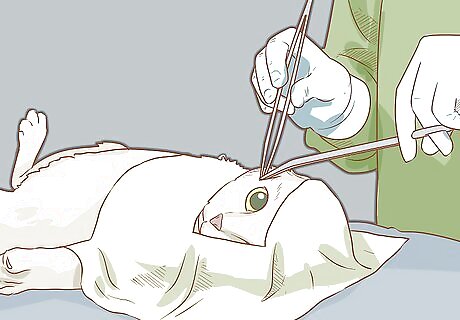
Agree to surgery for your cat if necessary. If the vet finds cancerous tumors that are related to the unequal pupils, they may operate to remove the tumors. The cat will be put under anesthesia while the vet performs surgery. When removing cancerous tumors, the vet may also have the cat go through radiation or chemotherapy.
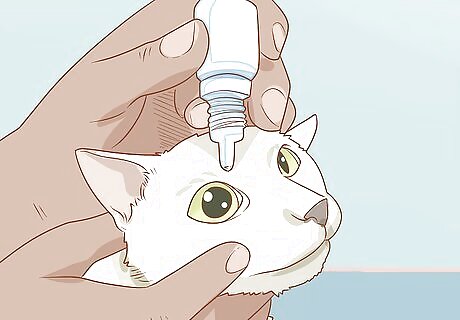
Give the cat eye drops. Some underlying conditions, like Horner’s Syndrome, cause the cat to have related eye symptoms, like irritation or redness. This can be treated with prescription eye drops to relieve the symptoms.
















Comments
0 comment